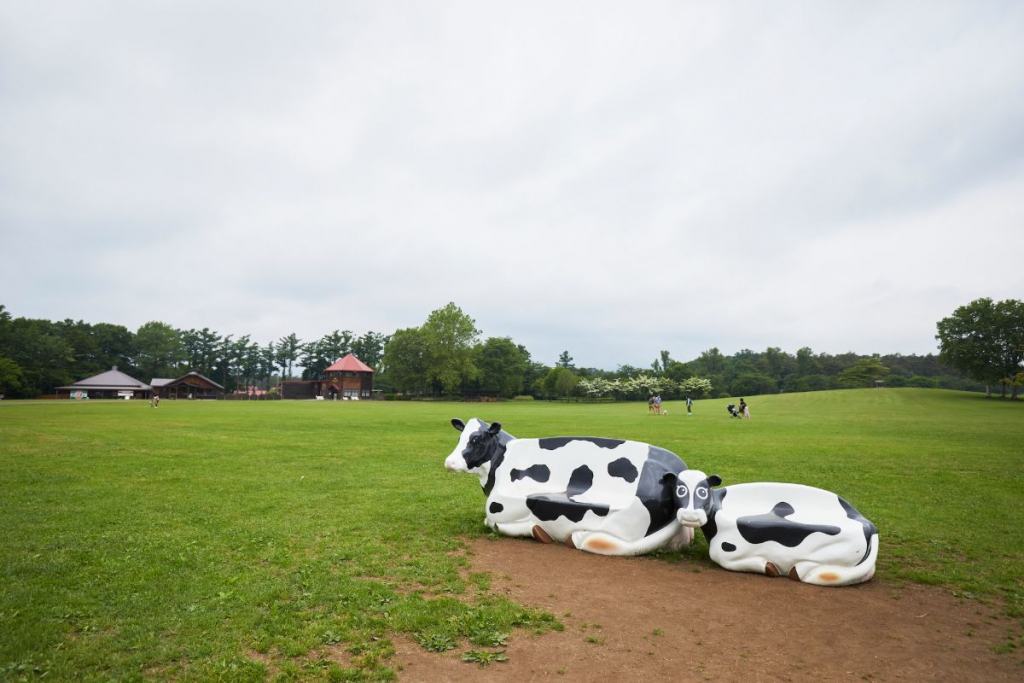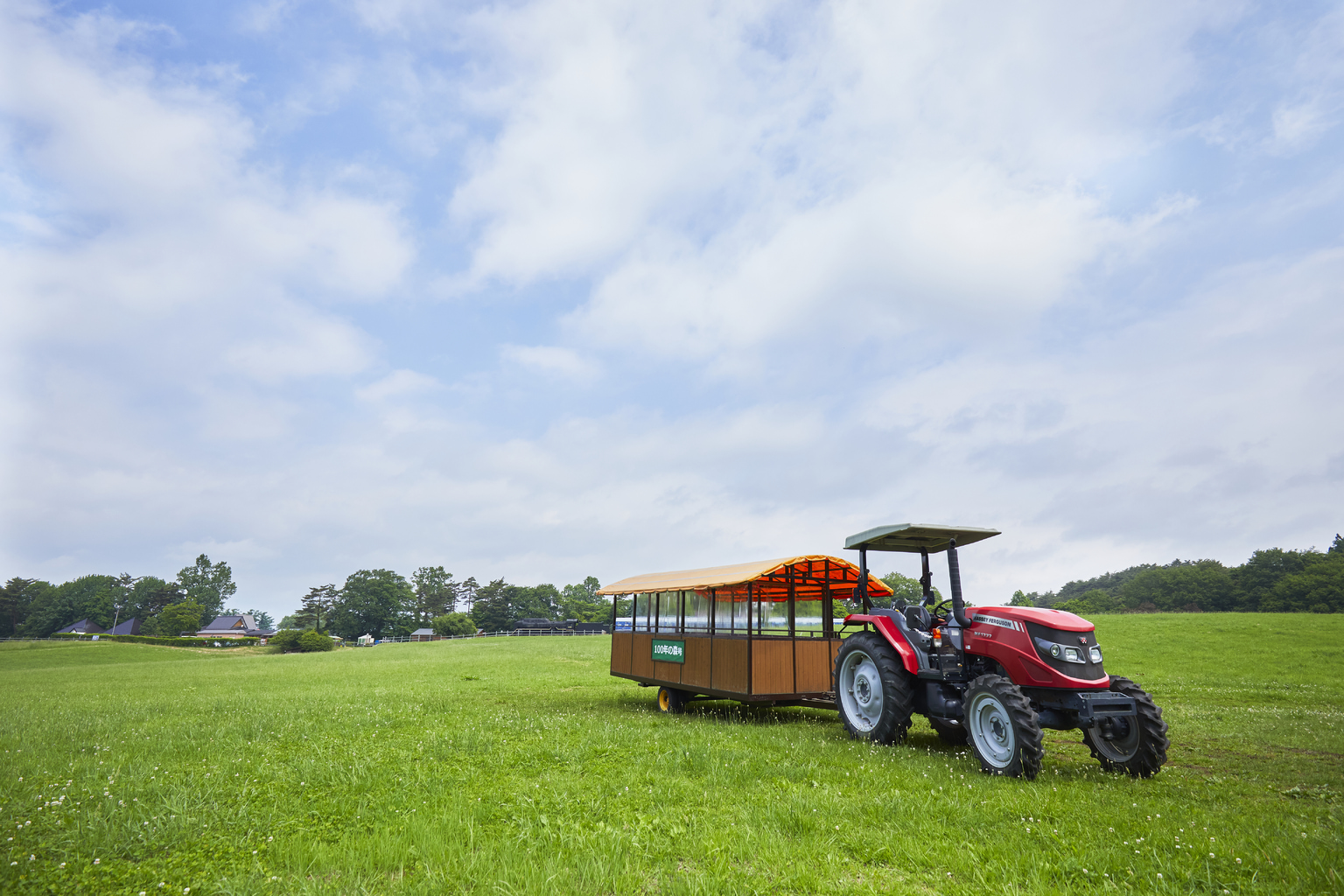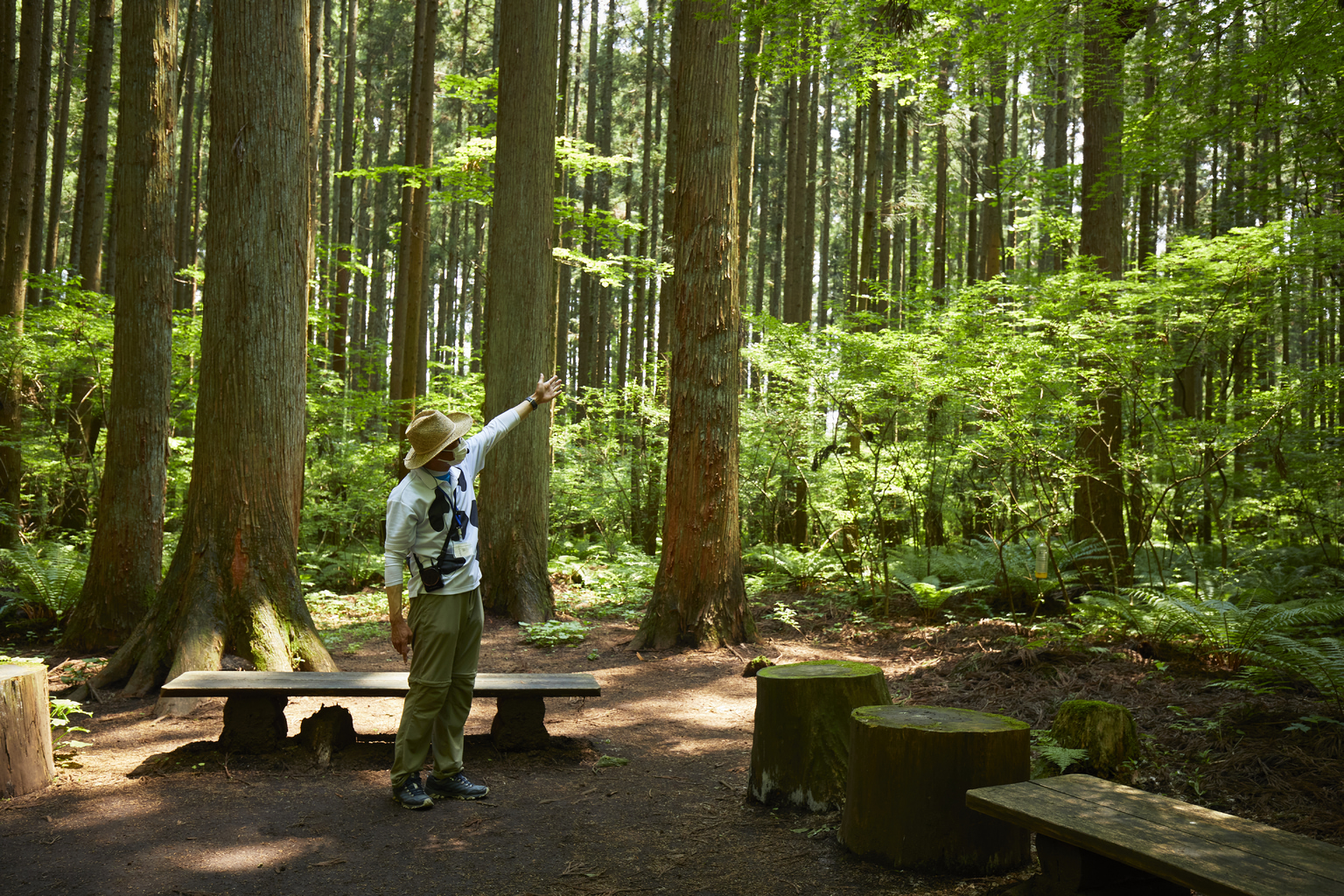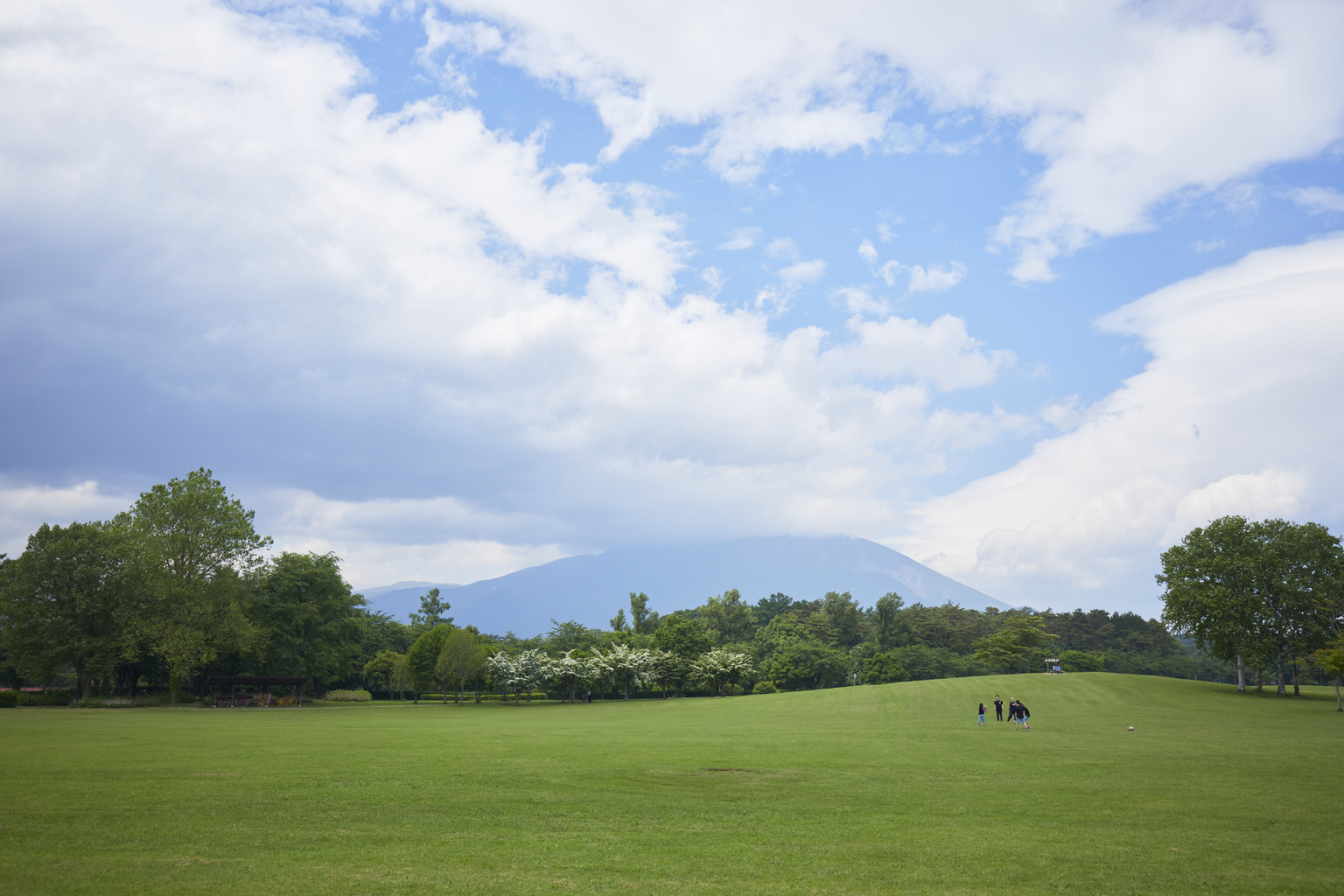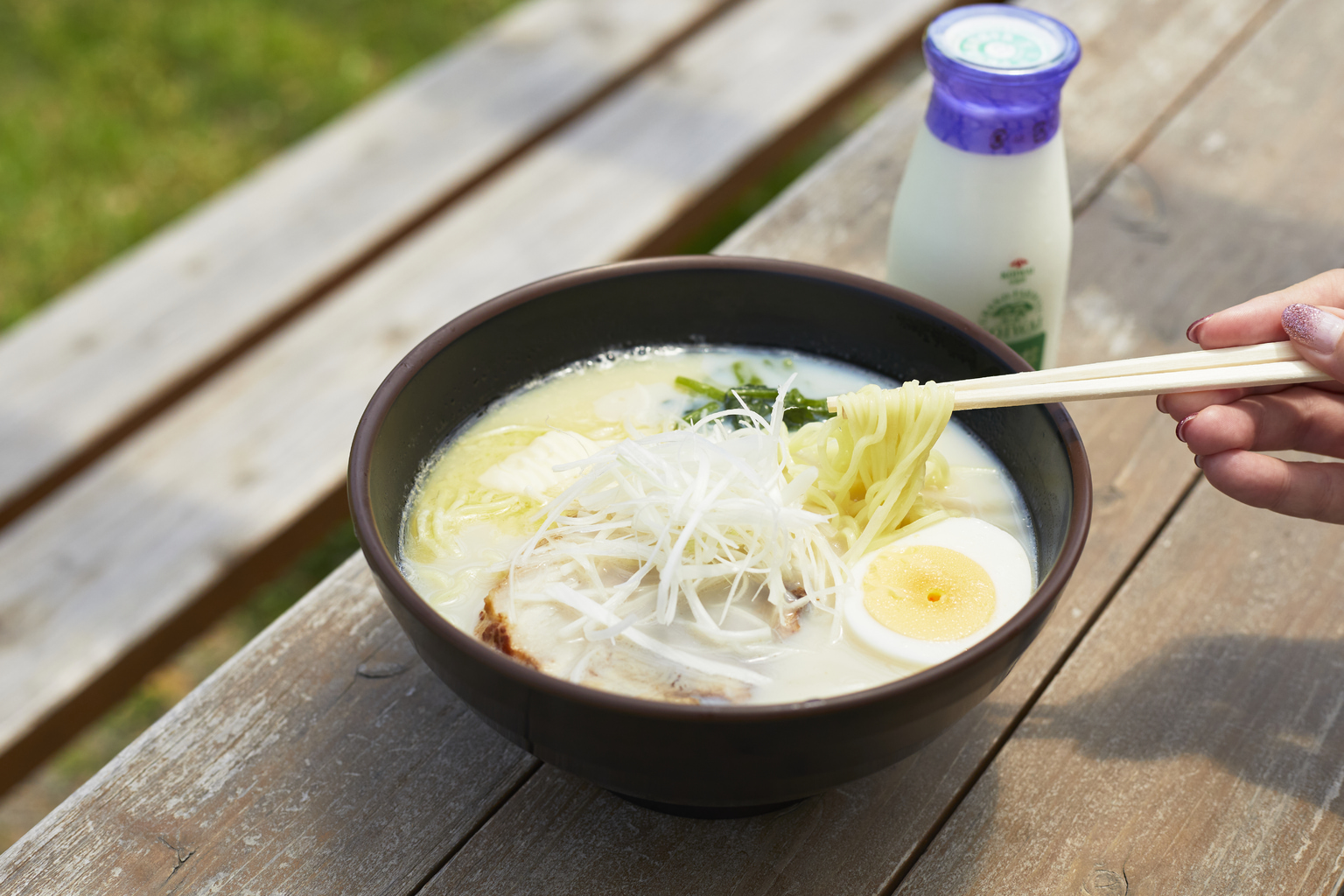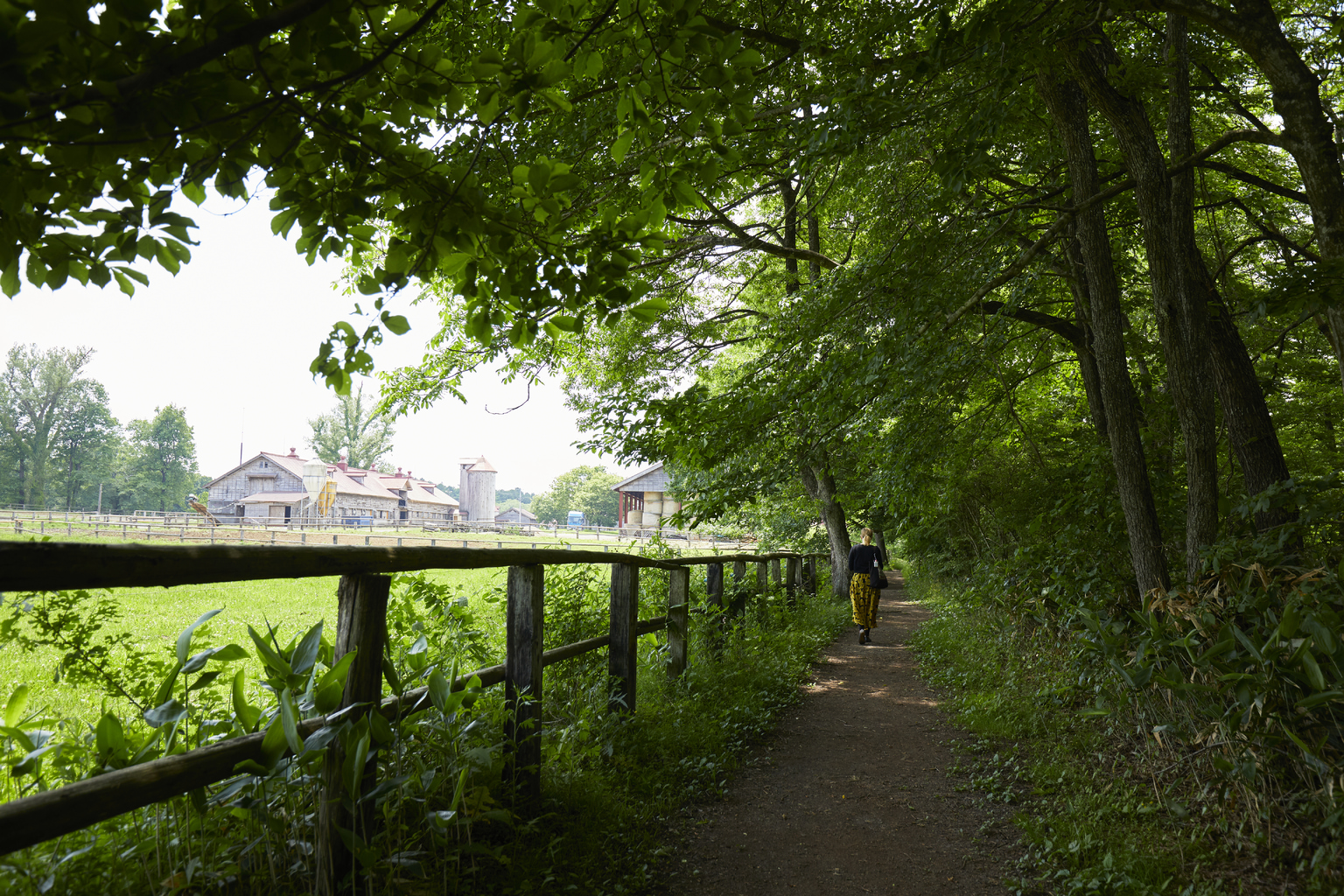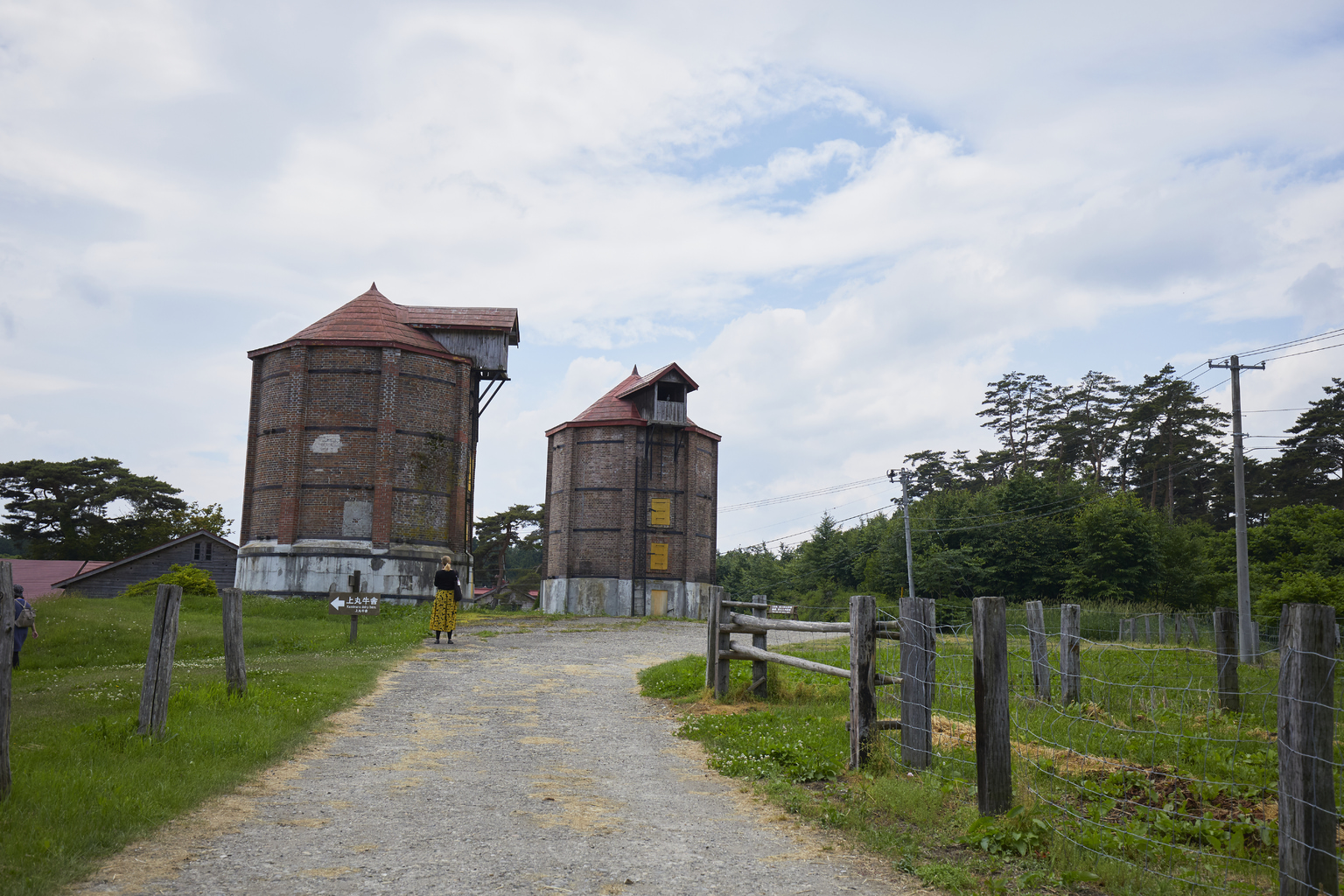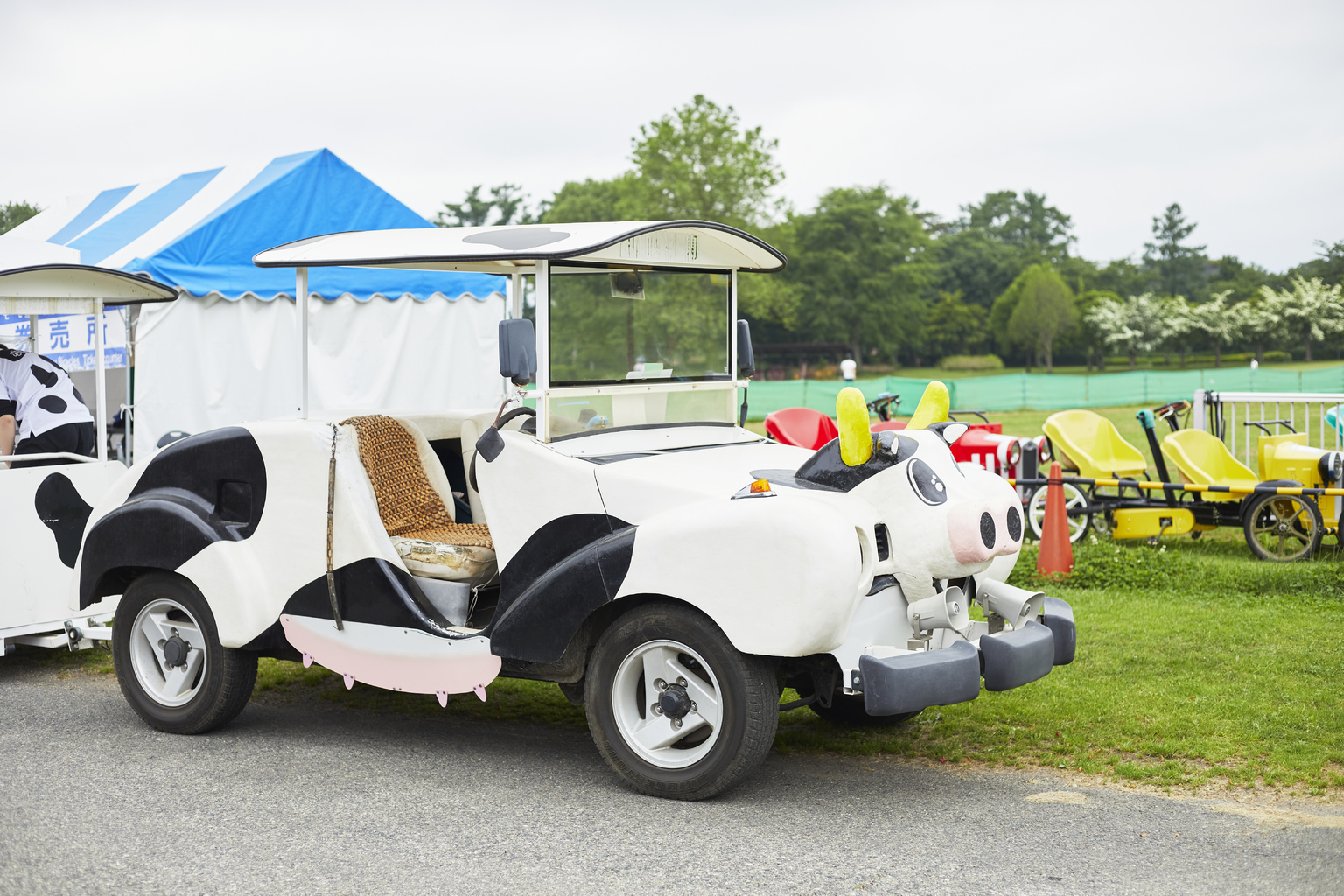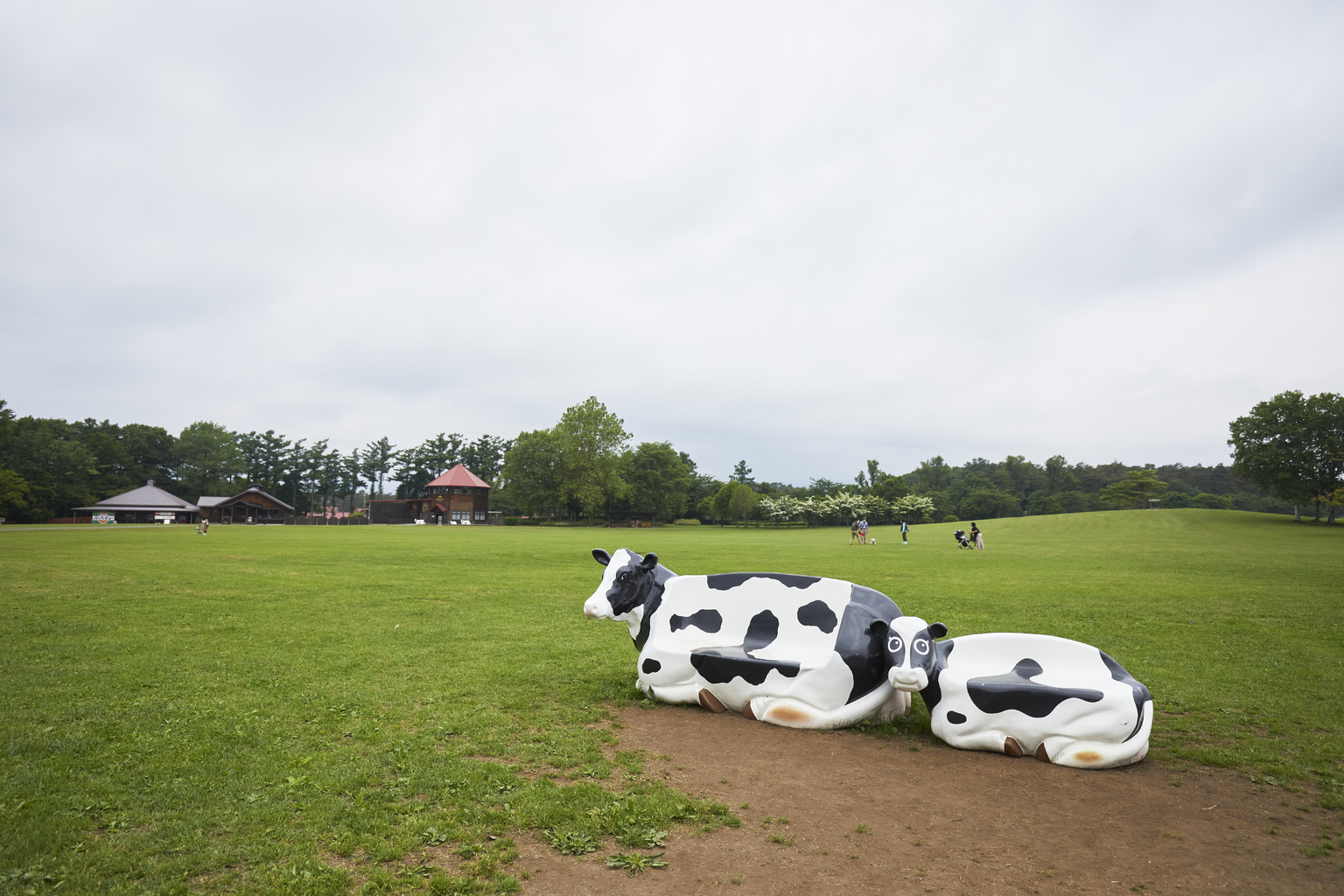Untamed nature is the name of the game for most of Iwate Prefecture: Jodogahama Beach’s jagged gray rocks, Hachimantai’s snow-capped peaks and Geibikei Gorge’s sheer cliffs are just a few of this massive prefecture’s natural treasures. For a more family-friendly take on Iwate’s wild natural surroundings, head to Koiwai Farm near Morioka city, a 3,000-hectare expanse of Sound of Music-worthy mountainside backdrops and activities for kids and adults alike. You’ve probably seen the name Koiwai Farm in your local supermarket’s dairy section, but there’s more to this pastoral highland than cheese and butter (although to be fair, the cheese and butter are pretty great).
1. The Origin Behind the Koiwai Name
Students of Japanese will be quick to pick up that Koiwai doesn’t quite sound “right.” The farm, founded in 1891, is named after the three men who founded the facility, using the first character from each member’s surname. This means that Gishin Ono, Yanosuke Iwasaki and Masaru Inoue join together and become… Koiwai. Still feel off? This is where things get tricky: Ono’s name is written 小野 (Ono), but the character 小 can also be read as ko, hence the name Koiwai, not Ooiwai.
2. Koiwai Farm is an Unlikely Pioneer of Sustainability
While Koiwai Farm is now a 3,000-hectare themed park with sheepdog training shows, giant human hamster balls and culinary innovations like milk ramen (we’ll be coming back to that later), it was originally an agricultural undertaking of unprecedented scale. Over 100 years ago, this now green-carpeted area was barren land, covered in volcanic ash. (Fun fact: Mount Iwate’s last eruption was in 1919 and its last major one occurred in 1723.)
However, Masaru Inoue (the last “i” in Koiwai) had visions of turning the depleted soil here into a vast woodland space. The soil enrichment and afforestation he set in motion 120 years ago is still ongoing. Now biodiverse forests with cedars, larch and red pines cover two-thirds of the farm, serving as carbon stores and habitats for local wildlife.
The farm also houses the Biomass Power facility, which takes cow manure and food waste and ferments it for composting treatment. As an added bonus, the process also generates electricity.
3. You Can Venture into the 100-Year Forest (Supervised)
You can experience the results of part of the afforestation project firsthand, with a nature guide tour or a tractor ride through the 100-Year Forest. To minimize human interference, people are not allowed to go into the forest unsupervised. The nature tour takes about an hour and gives you a good understanding of local plants, insects and more. If you’d rather spend your time taking photos, hop on the tractor tour’s covered wagon. It rolls through the side of the farm with some stops for pictures of Mount Iwate and a beautiful cedar-lined dirt road.
4. It’s the Location for that Mount Iwate Backdrop
Chances are that if you’ve seen a picture depicting Iwate’s nature, or even just of Mount Iwate itself, it was likely taken at Koiwai Farm. The lone weeping cherry blossom atop a rolling green hill with a snowcapped Mount Iwate in the background is the epitome of northern pastoral beauty. Mount Iwate, like Mount Fuji, can be capricious at the best of times and hides behind the clouds, so it can be difficult to get the money shot. If you plan to make an attempt, then pop by in late April or early May. You can also take some beautiful cherry blossom pictures by the Kamimaru cow sheds, where 90-odd cherry blossoms dot the fields, complete with bovine accessories.
5. You Can Find Milk Ramen (and Other Dairy Exclusives) Here
If you’re lactose intolerant, look away now. (Just kidding — we all know you’re happy to suffer through the consequences for some delicious dairy treats.) You’ll find several dairy products available exclusively here, rich and creamy soft serve ice cream and even low-temperature pasteurized milk. The milk can only be consumed on-site and is creamier and more flavorful than the typical supermarket fair. The milk ramen’s soup is a blend of dashi stock and milk, with a sprinkling of negi and a glob of butter on top. Perhaps not a culinary masterpiece, but a decent meal for lunch. If you’re a cheese lover, head to the gift shop. It sells dozens of hard-to-get cheese varieties (some in special sets) like caciocavallo, aged gouda, halloumi and more.
6. There’s a Strong Kenji Miyazawa Connection
Iwate-born writer and poet Kenji Miyazawa (of Night on the Galactic Railroad fame) would often go on strolls through Koiwai Farm and take inspiration from here and the surrounding villages for his works. The forests north of the farm as said to have inspired the story Wolf Forest, Colander Forest, Thief Forest. You’ll find a stone monument dedicated to him near the pedestrian entrance to the Kamimaru cow sheds.
7. It Boasts Prime Late Meiji and Early Showa Architecture
The Kamimaru cow shed area, apart from housing some 300-something cows, also serves as an open-air architectural museum, with several of its structures built in the late Meiji and early Showa eras. Brick silos No.1 and No.2 are important national cultural properties and may be the oldest brick silos in Japan. They were in use as late as 1975. Pop by the museum here to see antique milking tools, wooden butter churners and learn about farming in early 1900s Japan.
8. You Can Ride the Park ’n’ Dairy Barn Shuttle
While this may not be to everyone’s tastes, you should know that there is a cow train and it moos. Yes, it moos. The shuttle carries guests from the main entrance area to the Kamimaru cow sheds in the west. It’s a 10-minute trip and will set you back a pithy ¥100 per person. The walk to the sheds from the main entrance via the Kamimaru Strolling Path takes at least twice as long. Remember, this place is big.
9. It is Extremely Family-friendly
While it may be a given that a large facility like this is going to be great for kids, it’s worth saying it again. Not only is there rental equipment like day tents, soccer balls and other accessories to keep them entertained, there are no fences or angry neighbors to worry about. Other activities include pony rides, bungee trampolines, mini golf, a giant ball pool and the water hamster ball field. And that’s not even covering the workshops like butter making, craft making experiences and the petting zoo. Am I jealous because most of these have height restrictions I exceed? Yes, a little. Aren’t you?
Getting to Koiwai Farm
Reach Koiwai Farm by bus from Morioka Station (an approximately 30 to 40-minute journey) or go by car. If you’re particularly adventurous, you can walk from Koiwai Station, which takes about 90 minutes. A taxi from the same place only takes 10 minutes, but will set you back about ¥2,000.
Photos by Ryoko Ogawa
Updated On December 26, 2022

